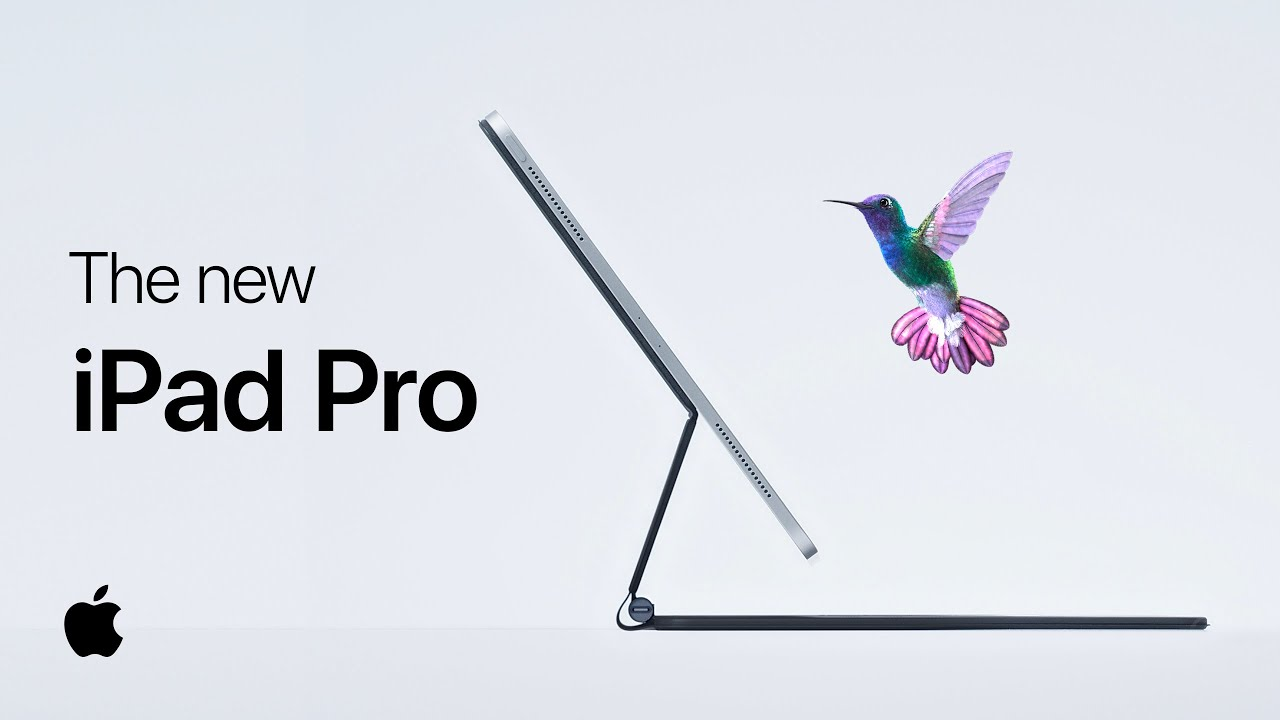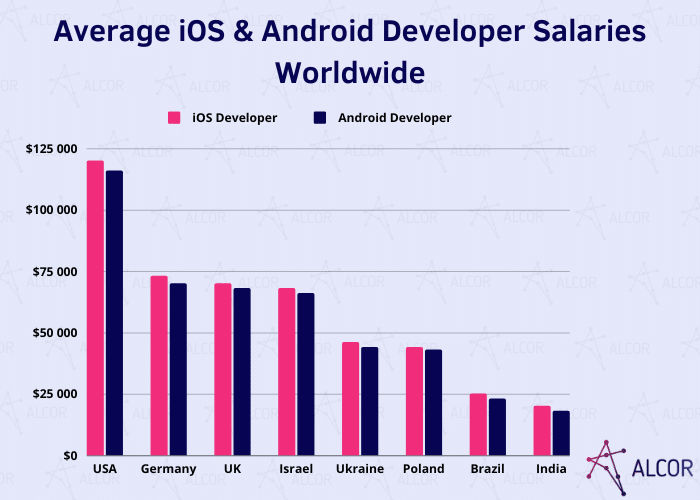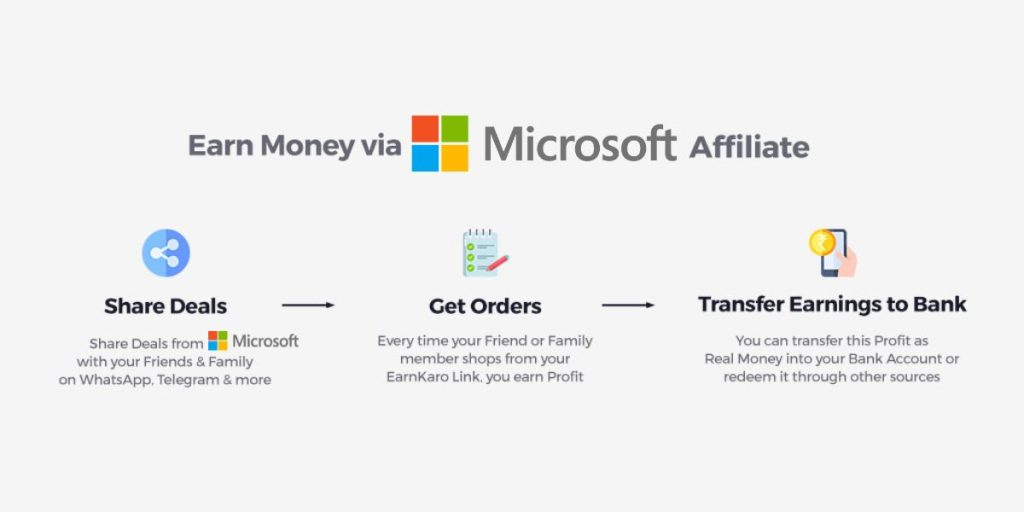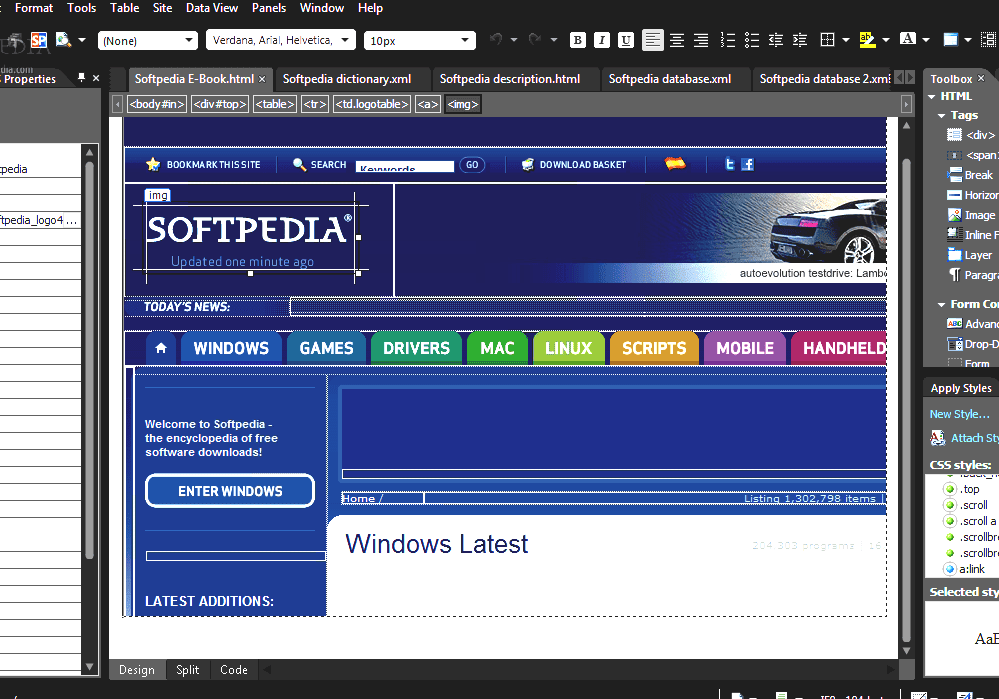The Apple Get a Mac Ads have undoubtedly made a significant mark on the tech advertising landscape, albeit not without controversy. This campaign cleverly takes jabs at Microsoft’s Windows operating system, particularly targeting the Windows Vista advertising that has struggled to capture consumer confidence. While Apple ads often tout the merits of their Mac system with a humorous touch, they have faced backlash due to perceived hypocrisy, especially as issues with iPhone functionality and MacBook performance linger unaddressed. In a media sphere saturated by clever catchphrases and branded humor, these Get a Mac commercials invite scrutiny, with critics pointing out the glaring shortcomings of Apple’s own offerings. As the competition heats up, it seems that the real question is whether these ads genuinely promote a superior product or merely distract from Apple’s internal challenges.
The recent series of commercials from Apple, aptly named the Get a Mac campaign, has sparked a vibrant discussion among tech enthusiasts and casual observers alike. These marketing efforts, which poke fun at competing systems, particularly take aim at issues surrounding Windows Vista, yet they often overlook the criticisms leveled at Apple’s own products. In a world where advertising dominance is crucial, the irony of these Apple ads lies in their failure to address persistent problems with their iPhone and MacBook lineups. As consumers, we must question whether this comedic critique serves a greater purpose or merely emphasizes the discrepancies in Apple’s product reliability. In this dynamic tech landscape, where brand perception can make or break companies, the Apple ads illustrate the ongoing battle for consumer loyalty.
Critique of Apple’s ‘Get a Mac’ Advertising Campaign
The ‘Get a Mac’ advertising campaign has drawn heavy criticism for its misleading portrayals of both Apple and its competitor, Microsoft. While Apple suggests that it offers a superior experience, the ads often deflect attention from their own product issues. Many consumers have noted that Apple spends a substantial amount of its advertising budget mocking Windows Vista instead of highlighting the advantages of macOS. This not only raises questions about their credibility but also reflects an unwillingness to address ongoing problems with their own software, such as the iPhone and Leopard OS. By focusing on discrediting competitors rather than improving their products, Apple misses an opportunity to showcase genuine innovation.
Furthermore, the irony of Apple criticizing Microsoft for not fully embracing Windows Vista in its advertising is palpable. With ads like ‘Bean Counter’ and ‘V Word’, Apple seems to forget that they, too, have their own product challenges—namely the buggy applications and consumer complaints surrounding the iPhone and Macbooks. Ironically, both companies have launched products that faced criticism upon release, yet Apple continues to position itself as the perennial victor. This contradiction invites consumers to question the effectiveness and honesty of Apple’s marketing tactics.
The Impact of Windows Vista Advertising on Apple’s Strategy
In its relentless pursuit to dismantle Windows Vista’s reputation, Apple’s marketing strategy reveals more about its insecurities than it does about the global tech landscape. By continuously presenting Windows Vista as an inferior alternative, Apple positions the Mac as the natural choice for intelligent consumers. However, this style of advertising not only alienates potential users who may wish to explore both platforms but also risks trivializing the advancements made in Windows products over time. Despite the criticisms aimed at Vista, Microsoft’s unwavering dedication to improving their software should not be overlooked. Rather than finding fault, Apple should focus on enhancing its own products to keep pace with a competitive market.
Moreover, portraying Microsoft as an ineffective company fails to acknowledge that Apple, too, is not without its flaws. The glaring criticism regarding the lack of basic features in the iPhone and the issues plaguing Leopard OS should serve as a reminder that all companies face hurdles in their technological advancements. By choosing to sidestep these conversations, Apple’s ads risk appearing disingenuous to a savvy audience. A potential strategic pivot for Apple could be to advertise product enhancements and the unique features of OSX, rather than casting shadows on competitors like Windows Vista.
The Flaws in Apple’s Marketing Tactics
One of the most glaring flaws in Apple’s marketing is its tendency to rely on mockery rather than showcasing product strengths. The ‘Get a Mac’ ads are replete with jabs at Microsoft, offering little substance regarding the benefits of Apple’s offerings. This approach can mislead consumers into thinking that Apple products are flawless, all while burying the myriad issues that plague their technology, from iPhone complaints to Macbook criticisms. This tactic not only presents an unbalanced view of technology but also disrespects the intelligence of consumers who are savvy enough to look beyond the jokes.
At the core of these ads lies a dissonance between style and substance. For instance, while Apple’s Macbooks have been painted as luxurious with innovative designs, their hefty price tags have led many to refer to them derisively as ‘iBricks’. This perception challenges the notion that Apple products are viable for the average consumer, especially in an economic climate that demands more cost-effective solutions. In this light, instead of investing heavily in campaigns that mock Windows Vista advertising, Apple would benefit from directing funds towards real improvements and addressing consumer feedback on their products.
Responses to Criticism of Apple Products
Despite its polished image, Apple products, including the iPhone and Mac OS, have faced substantial backlash over their functionality and pricing. Customers have aired grievances about the lack of basic features such as copy-and-paste, video recording, and MMS capabilities, which have become standard in competitive products. This presents a missed opportunity for Apple to communicate transparency and a commitment to improvement, rather than deflecting criticism with belittling ads. By addressing these issues head-on and investing resources in troubleshooting, Apple could foster customer loyalty through genuine engagement.
Additionally, instead of diverting attention towards disparaging competitors, Apple has the opportunity to lead the market with innovation and user-centric enhancements. The perceived elitism of the brand, especially when faced with critiques about high pricing, could be tempered by acknowledging the need for more accessible pricing strategies. In times of economic strain, presenting a more relatable image that focuses on value could enhance Apple’s reputation and maintain its customer base.
The Role of Consumer Sentiment in Apple’s Branding
Consumer sentiment plays a crucial role in shaping Apple’s brand image, especially in light of the backlash against its advertising strategies. In an era where transparency and authenticity matter significantly, consumers are increasingly skeptical of marketing tactics that rely heavily on denigrating competitors rather than emphasizing one’s own strengths. This sentiment is vital for Apple to consider, as customers seek a genuine representation of products rather than hollow claims backed up by satire. By adopting a more informative advertising strategy, Apple could resonate better with its audience, fostering loyalty and trust in their products.
Moreover, with consumer feedback being more accessible through various channels, Apple has the ability to listen and adapt much more effectively. Ignoring these insights or attempting to overshadow them through mocking competition could ultimately lead to a disconnect between Apple and its loyal customer base. Emphasizing authenticity and demonstrating an understanding of consumer needs could lead to a marketing renaissance for Apple, where the focus shifts from criticising others to showcasing unparalleled service and product quality.
Exploring the Economics of Apple’s Product Pricing
As economic realities tighten globally, Apple’s pricing strategy comes under intense scrutiny. While advertising campaigns like ‘Get a Mac’ may attempt to position Apple’s products as premium, the acceptance by consumers of the exorbitant prices is decidedly waning. Many consumers are beginning to question whether the high cost of Macbooks and other Apple products is justified given the ongoing issues highlighted by critics. As competitors continue to innovate and offer more competitive pricing models, Apple risks losing its market share if it does not reconsider its approach.
Notably, the perception that Apple’s products are inherently superior often does not hold up when faced with concrete consumer experiences. The gap between advertised luxury and user satisfaction is becoming evident; as seen in complaints regarding iPhone functionalities or Macbook usability. This presents a dilemma—should Apple continue with its elite branding, or should it strive for a more inclusive pricing model that reflects a commitment to customer satisfaction? A shift towards valuing products based on actual consumer reviews rather than marketing glitz could secure a stronger footing in a competitive market.
Comparing Advertising Approaches: Apple vs. Microsoft
The contrasting advertising approaches of Apple and Microsoft illustrate fundamental differences in corporate philosophies. While Apple predominantly resorts to creating ads that belittle Windows Vista, Microsoft tends to focus on the functionality and innovation of its products. This strategic differentiation can be seen as an attempt by each company to define its identity in the consumer’s mind. Apples’s reliance on mockery, although initially entertaining, risks overshadowing the genuine capabilities of macOS and related products. Such tactics can alienate a segment of the market eager for constructive messaging.
Additionally, celebrating advancements rather than criticizing the shortcomings of competitors could foster a more favorable perception of both companies. For instance, Microsoft’s emphasis on showcasing the benefits of Windows-based systems demonstrates a focus on consumer satisfaction and product utility. In comparison, Apple’s need for continual mockery detracts from demonstrating the value of its features, creating a perception that the brand is more concerned with winning the advertising game rather than winning over customers through exceptional products.
The Future of Apple Advertising and Product Development
Looking ahead, it’s evident that Apple must reevaluate its advertising strategies and product development practices to remain competitive. Focusing on self-promotion rather than deprecation of others will likely serve the company better in retaining customer loyalty. Shifting to highlighting improvements and genuine product advantages may prove more beneficial, especially in a market replete with alternatives. An authentic narrative, one that addresses consumer concerns and showcases improvements, could elevate Apple’s brand reputation in an increasingly competitive landscape.
Moreover, investing heavily in product enhancement instead of disparaging competitors could lead to more satisfied customers. Apple’s advertising could transition from belittling Microsoft products to showcasing how their own offerings can significantly improve users’ experiences. By embracing a multifaceted approach that includes listening to consumer feedback and prioritizing feature-rich enhancements, Apple could navigate challenges while building a strong narrative of innovation and quality, reinforcing the brand’s place in the tech ecosystem.
Frequently Asked Questions
What are the main criticisms of the latest Apple Get a Mac ads?
The latest Apple Get a Mac ads have faced criticism for being misleading and for focusing on mocking Microsoft rather than promoting OS X features. Critics argue that ads like ‘Bean Counter’ and ‘V Word’ detract from addressing Apple’s own product issues, such as bugs in iPhone and Leopard.
How do the Apple Get a Mac ads compare to Windows Vista advertising?
The Apple Get a Mac ads often ridicule Windows Vista advertising, particularly for not explicitly using the ‘Vista’ label. Critics highlight that while Apple attacks Vista, their own ads do not acknowledge the flaws in their products, creating an ironic disparity.
Why do some believe the Apple Get a Mac campaign is ineffective?
Many believe the Apple Get a Mac campaign is ineffective because it focuses too heavily on disparaging competitors rather than showcasing the strengths of Apple’s own product lineup. This approach has led to claims of hypocrisy, especially as Apple has not resolved various issues in its products like iPhones and Leopard.
What issues have been raised concerning Apple’s products in relation to the Get a Mac ads?
Concerns have been raised about the functionality of Apple’s products highlighted in the Get a Mac ads, such as unresolved iPhone issues, the underperformance of applications like QuickTime and iTunes, and the contentious pricing of MacBooks, which contrast sharply with their ad messaging.
How do critics perceive Apple’s advertising spending in relation to product improvements?
Critics suggest that Apple’s substantial advertising budget is misallocated towards campaigns like the Get a Mac ads, which criticize competitors instead of funding necessary improvements for their products, leading to skepticism about their commitment to enhancing customer experience.
What do the Get a Mac ads imply about the competition with Windows?
The Get a Mac ads imply that Apple believes its products are superior to Windows-based systems, despite ongoing criticisms of their own product shortcomings. This creates a narrative that while Apple positions itself as an innovator, it often overlooks its own flaws.
Can the Apple Get a Mac campaign be considered a success despite criticisms?
Despite the criticisms, some argue that the Apple Get a Mac campaign effectively raised brand awareness and positioned Apple as a challenger in the PC market. However, ongoing product issues may undermine the campaign’s long-term effectiveness.
What was the public’s reaction to the pricing of new MacBooks during the Get a Mac campaign?
Public reaction to the pricing of new MacBooks was largely negative, especially as they were unveiled during an economic downturn. Critics argued that the high prices contradicted Apple’s message of providing accessible computing, raising questions about their target market.
How effective are Apple’s advertising strategies like Get a Mac in today’s market?
The effectiveness of Apple’s advertising strategies like Get a Mac in today’s market is debated. While they continue to generate buzz, there are increasing calls for more authenticity, transparency regarding product issues, and a focus on customer needs rather than competitor mockery.
What should Apple focus on instead of campaigns like Get a Mac?
Critics suggest that Apple should focus on addressing existing product issues, improving software functionality, and enhancing customer satisfaction, rather than investing heavily in ad campaigns that disparage competitors.
| Key Point | Description |
|---|---|
| Misleading Advertising | Apple’s latest ‘Get a Mac’ ads are criticized for being misleading and not effectively promoting their products. |
| Criticism of Microsoft | The ads mock Microsoft’s advertising strategy, particularly regarding Windows Vista, without directly addressing product quality. |
| Apple’s Product Issues | Many complaints remain about Apple products like iPhone and Leopard, which the ads fail to address. |
| Advertising Budget | A substantial portion of Apple’s advertising budget is used to critique competitors rather than improving their own offerings. |
| Product Pricing | Criticism was leveled at the high prices of Apple products, especially in contrast to the cost of Windows-based computers. |
| Ironic Messaging | Apple criticized Microsoft for its advertising choices while failing to highlight their own product shortcomings. |
| Call for Better Practices | Calls for Apple to use their advertising budget to address their product flaws instead of mocking competitors. |
Summary
Apple Get a Mac Ads have sparked controversy and resulted in significant backlash due to their misleading themes and failure to promote Apple’s own product integrity. The ads particularly mock Microsoft, while ignoring substantial issues with Apple’s offerings, highlighting a disparity between advertising bluster and product reality. As critics note, rather than focusing on the weaknesses of competitors, Apple should prioritize improving their products and offering better value to consumers.




